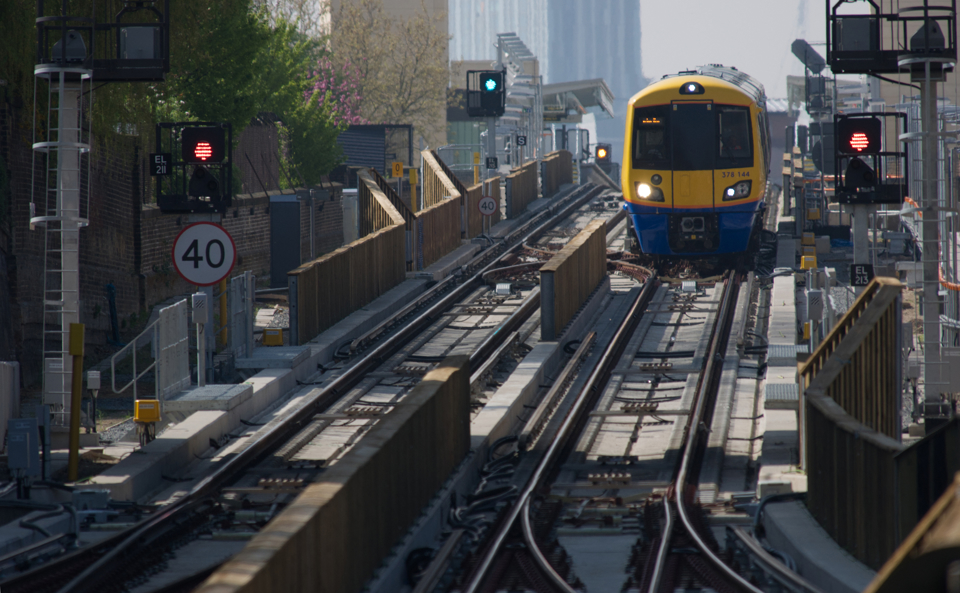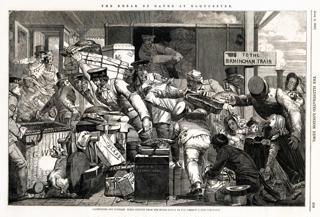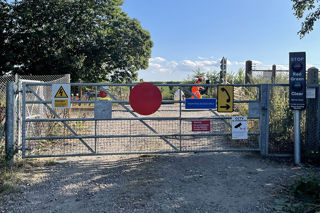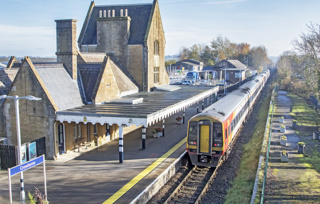A mixed reaction greeted Transport for London’s list of six new names for its Overground routes, announced on February 14.
The rebranding exercise breaks with the Underground’s 19th century tradition by having a geographical theme. It has cost £6.3 million, and it sweeps away many familiar tags.
For example, the old ‘Euston-Watford ‘DC’ or ‘Silverlink’ service is now the Lioness Line, named after the England women’s football team.
And the familiar Highbury & Islington-West Croydon East London Line has become the Windrush Line, to honour the area’s first immigrants.
Critics say that some of the labels are superficial or politically motivated, that the events they commemorate will be meaningless to future generations, and that further identity changes may need to be made to reflect future events.
However, opponents have proved to be in the minority, with most people welcoming their relevance and clarity.
London Mayor Sadiq Khan made a manifesto pledge in April 2021 to make the Overground (hitherto universally displayed on maps in orange) easier to understand, particularly as services go off in all directions. The public were invited to offer suggestions but would not make the final decision.
Although the lines are now split into distinct colours and identities, the singular orange roundel will stay on stations.
The full rollout of the individual names are likely to take place in one go by the end of the year. Some 6,000 station direction signs and loudspeaker announcements will need changing.
TfL says it spoke to groups associated with the visually impaired before choosing the colours that will be applied to the increasingly complex London rail map.
The six new names explained:
The Lioness Line: Yellow
Euston-Watford Junction
This is the LNWR/LMS/BR London Midland Euston-Watford ‘DC’ third-rail line that runs past Wembley. The short-lived Silverlink label was widely popular. It honours the historic achievements and legacy created by the England women’s football team.
The Mildmay Line: Blue
Stratford to Richmond/Clapham Junction
Once the North London Line, which ran into Broad Street station until its closure in 1986. In modified form, it became the West London, running from Stratford to Richmond/Clapham Junction via Willesden. The new name recognises a small charitable hospital in Shoreditch that played a pivotal role in the HIV/AIDS crisis in the 1980s.
The Windrush Line: Red
Highbury & Islington to Clapham Junction/New Cross/Crystal Palace/West Croydon
Always known as the East London Line, it runs through areas with strong ties to Caribbean communities today, such as Dalston Junction, Peckham Rye and West Croydon.
The Weaver Line: Maroon
Liverpool Street to Cheshunt/Enfield Town/Chingford
It runs through Spitalfields, Bethnal Green and Hackney - areas once famed for their textile trades. In steam days, it was known as the ‘Jazz’ service, and later the Lea Valley Line.
The Suffragette line: Green
Gospel Oak to Barking Riverside
It celebrates how the working-class movement in the East End fought for women’s votes and women’s rights. Barking was home of the longest-surviving Suffragette Annie Huggett, who died in 1996 aged 103. Nearby Holloway Prison is where many women were imprisoned.
The Liberty Line: Grey
Romford to Upminster
This three-mile former Greater Anglia line, known locally as the ‘Romford Push-and-Pull’, was listed for closure in 1964 by Beeching, and again in 1970. It was later electrified, and now pros-pers. The new name celebrates freedom and refers to the historical independence of the people of Havering.



















Login to comment
Comments
No comments have been made yet.